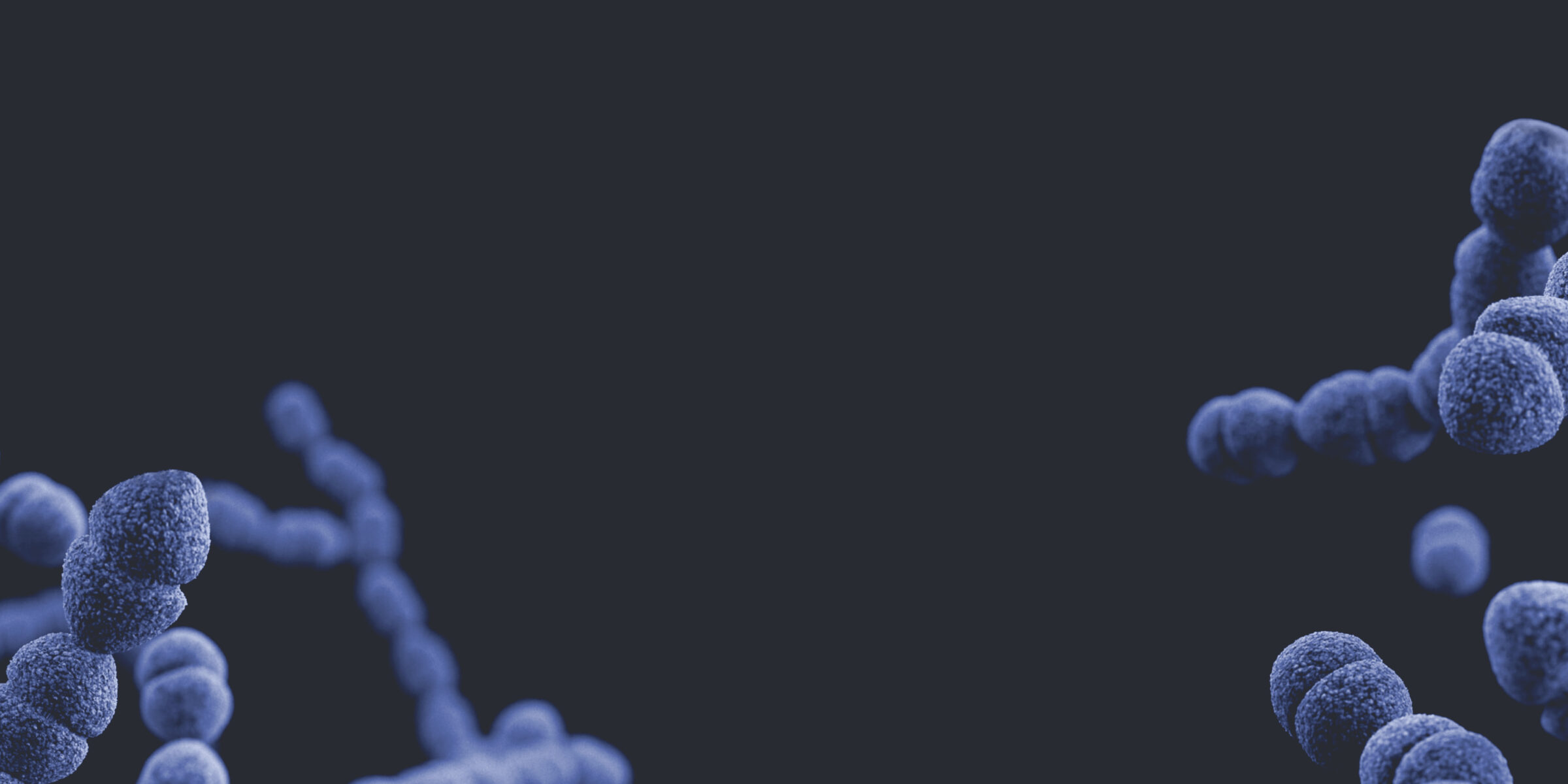All about the Database: comprehensive, fast, easy to use
MabritecCentral is the largest online MALDI-TOF MS database for bacterial species identification based on whole genome sequence data.
Unlike other commercial databases and software solutions, the MabritecCentral classification is based on “marker mass” detection rather than a “pattern recognition” approach. In short, it combines genomics and MALDI-TOF analyses: marker masses are in silico predicted from publicly available whole genome data and validated by MALDI-TOF MS. Such public data are quality controlled and taxonomic classification is curated.
"Next-Generation-Sequencing meets MALDI-TOF MS"
Evaluation of spectra quality
mabritecCentral offers an array of additional unique advantages:
- Convenience – instead of shipping samples, all you need to do is upload your MALDI-TOF MS spectra.
- Speed – get reliable and conclusive results within minutes after you have provided your data.
- Availability – as an online platform, mabritecCentral is ready and at your disposal 24/7.
- Cost reduction – save up to 90 percent compared to other additional tests like PCR or 16S-sequencing.
Latest database version mabritecCentral V2

Choose your plan
Would you like to test our database? Get a free trial for 10 spectra today.
No credit card needed. Register now
Behind mabritecCentral
MabritecCentral was created by Mabritec AG. The Swiss service laboratory has become a household name in microrganism identification over the past 14 years since it was started by a team of dedicated experts. Mabritec AG has a long and proven track record of R&D collaborations, as indicated by a publication list of 43 papers. The company currently handles around 80’000 spectra per year, derived from microbial, cell line and insect isolates of more than 60 customers.
From 2010 on, the wide introduction of next-generation sequencing (NGS) and the increasing availability of bacterial whole genome sequences caused a revolution in the field of microbiology. Many novelle species we described and existing species were renamed. This trend is continuing and we constantly gain a deeper understanding of bacterial virulence, resistance and lifestyle. Fascinated by these developments and new findings, we searched for opportunities to combine the NGS/WGS knowledge with the MALDI-TOF MS technology. In 2012 we introduced a paradigm shift in the creation of MALDI-TOF MS reference databases. Instead of bacterial reference spectra we started to build databases with insilico calculated reference protein masses, especially ribosomal proteins. This shift from a «pattern recognition» approach towards a «marker based» identification enabled us to overcome several limitations encountered in MALDI-TOF MS routine identification. Beside the steady increasing species coverage, several MALDI-TOF MS specific aspects like the interpretation of «spectra quality» and «calibration» are fundamentally refined. Also the differentiation of close related species improved with our marker based algorithm. For the first time we can, by the use of ribosomal proteins, interpret MALDI-TOF MS Spectra in a phylogenetic sense directly comparable with NGS/WGS data. Therefore, we are convinced MALDI-TOF MS with its speed and high troughput capacity can act as a prescreening or complementary method to NGS/WGS analysis.


